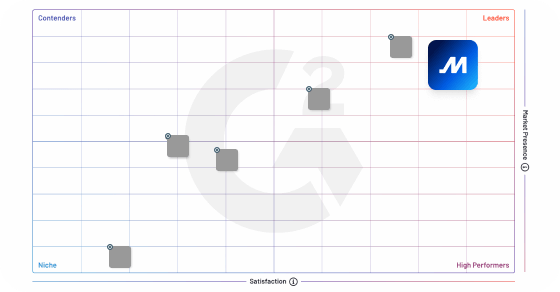Personal conveyance refers to the use of a commercial motor vehicle for personal transportation. It is a term used to describe the movement of a truck driver from one place to another for non-work-related reasons. Personal conveyance is often used by truck drivers to move their vehicles from a loading facility to a nearby location, such as a hotel or rest area, for personal reasons.
The Federal Motor Carrier Safety Administration (FMCSA) has established guidelines regarding the use of personal conveyance. According to the FMCSA, personal conveyance is considered a non-commercial use of a commercial motor vehicle, and it is not subject to the hours-of-service regulations. However, certain conditions must be met in order for personal conveyance to be valid.
To be considered personal conveyance, the movement of the commercial motor vehicle must be:
1. For the personal convenience of the driver, and not for the benefit of the carrier.
2. Off-duty time for the driver.
3. The driver must be relieved of all work-related responsibilities.
4. The vehicle must be unladen at the time it is being used for personal conveyance.
5. The movement must be within a 50-mile radius of the driver’s work location.
It is important to note that personal conveyance is not intended to be used as a way to circumvent the hours-of-service regulations. Drivers should only use personal conveyance when it is truly for personal reasons, and not to extend their driving time or avoid taking breaks.
Frequently Asked Questions
Does personal conveyance start your 14-hour clock?
In the United States, the personal conveyance limit refers to the distance a commercial driver is allowed to travel in their truck for personal reasons without it being considered work time. As of December 2017, the Federal Motor Carrier Safety Administration (FMCSA) allows drivers to travel up to 150 air miles for personal conveyance purposes. This limit is in place to ensure drivers get adequate rest and prevent fatigue-related accidents.
What is the personal conveyance limit in USA?
In the United States, the personal conveyance limit refers to the distance a commercial driver is allowed to travel in their truck for personal reasons without it being considered work time. As of December 2017, the Federal Motor Carrier Safety Administration (FMCSA) allows drivers to travel up to 150 air miles for personal conveyance purposes. This limit is in place to ensure drivers get adequate rest and prevent fatigue-related accidents.
Can you use personal conveyance during a 34-hour reset?
No, personal conveyance cannot be used during a 34-hour reset. According to Federal Motor Carrier Safety Regulations, a driver may only use personal conveyance when they are off-duty and have no responsibility for the carrier’s operation. During a 34-hour reset, the driver is not considered off-duty and must adhere to the regulations regarding rest periods.
How do I switch to personal conveyance?
To switch to personal conveyance, go to the ELD device and select “personal conveyance” from the duty status options. Remember that personal conveyance is only meant for non-business related travel and must be recorded accurately. Make sure to follow your company’s guidelines and regulations regarding personal conveyance.



